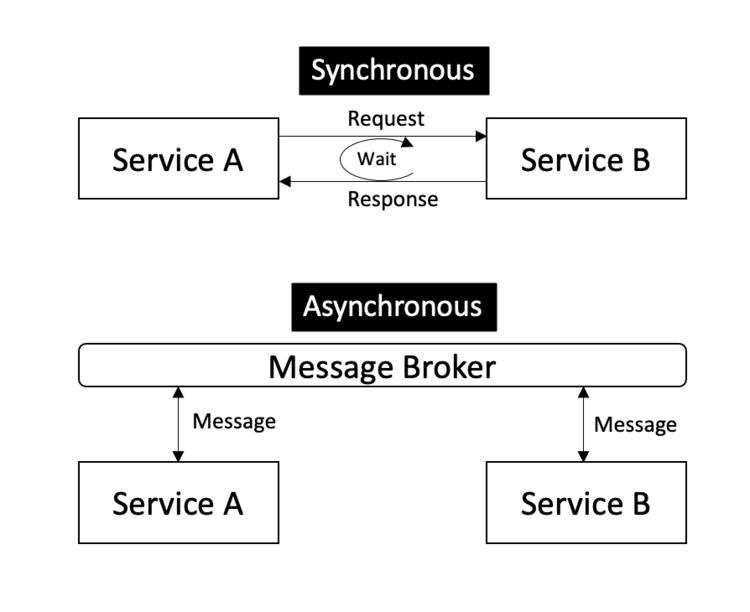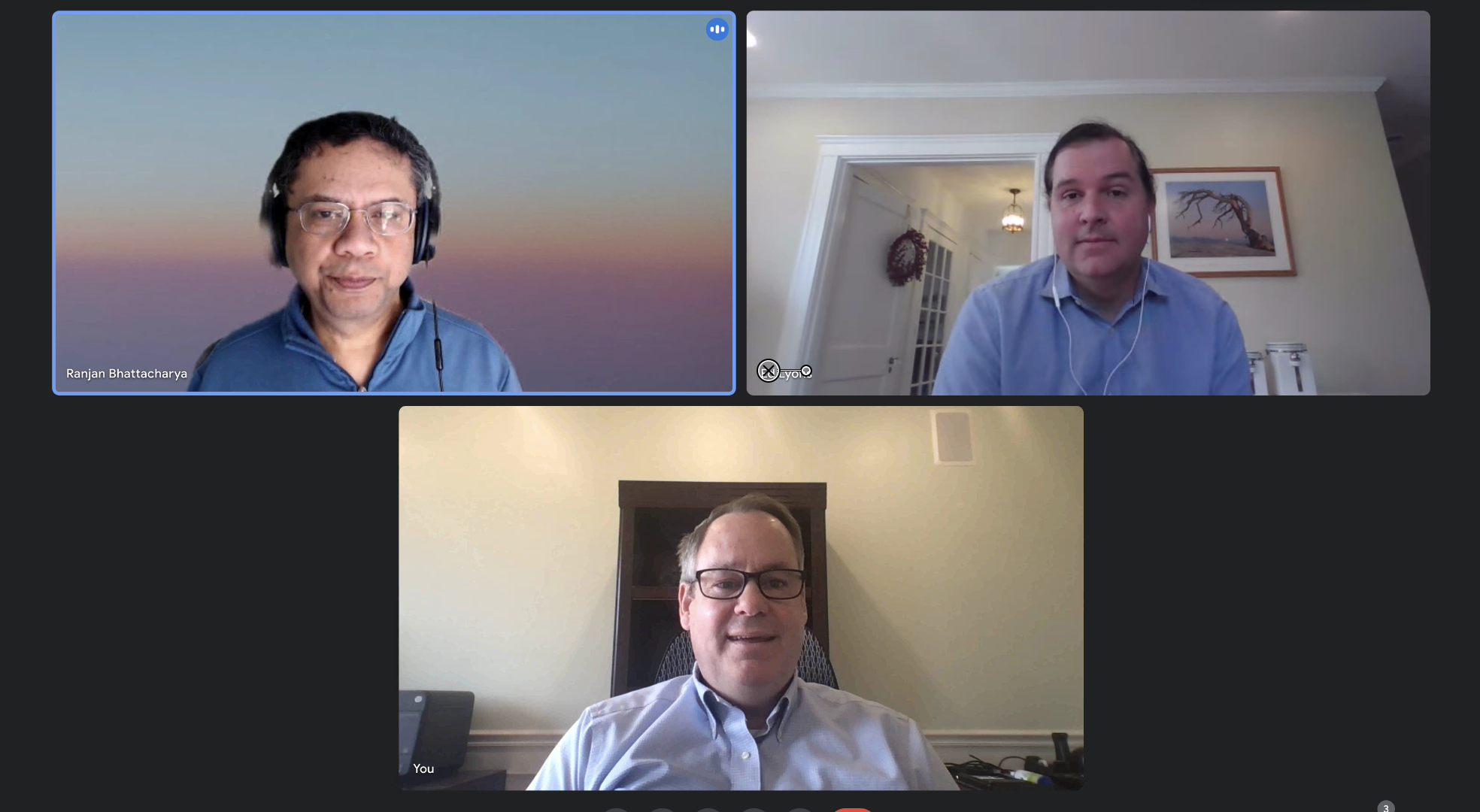Customer experience is a critical component of any successful digital enterprise, and as a Chief Experience Officer (CXO), it is your responsibility to ensure that your organization is delivering exceptional experiences to its customers at every touchpoint. Here are some key strategies for creating a positive customer experience for your digital enterprise:
Read MoreEnterprise monolith applications have been the backbone of many businesses for decades. These applications, often written in older programming languages and architectures, have served their purpose well but are now facing challenges in terms of scalability, maintainability, and adaptability to modern technologies. As a CIO, modernizing your enterprise monolith application is crucial for staying competitive in today's rapidly changing business landscape.
Read MoreReturn on Investment (ROI) is a measure that helps software engineering teams to evaluate the efficiency and effectiveness of a software application in terms of its ability to generate revenue or save costs. It's calculated by dividing the revenue or savings generated by the application by the total costs associated with its development and maintenance. ROI can be a powerful tool for software engineering teams to make data-driven decisions, justify the costs of a software engineering project to stakeholders, and track the performance of a software application over time.
Read MoreFor enterprises, simplifying the concept of digital transformation is essential.
Read MoreDigital transformation is the process of using technology to fundamentally change how a business operates and delivers value to customers. It is a holistic approach that involves not only the implementation of new technology but also the reshaping of processes, organizational structures, and culture.
Read MoreThe multiple, independent services which comprise a microservices application need to collaborate with each other using some form of inter-process communication mechanisms, of which there is a wide variety to choose from. Services can use synchronous request/response-based technologies like REST or gRPC, or asynchronous, message-based ones like AMQP. Services can use human-readable text-based message formats like JSON, or XML, or more efficient binary formats like Protocol Buffers. They can also use high-level network protocols like HTTP or low-level but more efficient TCP.
Read MoreThe multiple, independent services which comprise a microservices application need to collaborate with each other using some form of inter-process communication mechanisms, of which there is a wide variety to choose from. Services can use synchronous request/response-based technologies like REST or gRPC, or asynchronous, message-based ones like AMQP. Services can use human-readable text-based message formats like JSON, or XML, or more efficient binary formats like Protocol Buffers. They can also use high-level network protocols like HTTP or low-level but more efficient TCP.
Read MoreThe traditional on-prem data warehouse has served organizations well for many years by providing visibility into operational data critical for businesses to grow and thrive. However, this architecture tends to live in technical silos, introducing unnecessary friction into data-driven decision making.
The modern, cloud-based data warehouse can enable transformative connectivity between data and businesses, enabling data-driven decision making on a large scale, driving operational efficiency, improving customer experience, and creating new revenue streams.
Read MoreOur timeless, evergreen values have grounded our belief that in today's complex work environment, everyone has talents, warrants respect and appreciates being given the opportunity to demonstrate their own best example and excellence.
Read MoreToday, the Microsoft .NET Conf kicks off at 11am, a three-day, virtual developer event co-organized by the .NET community and Microsoft. This year .NET 7.0 launched at .NET Conf 2022, and attendees were able to celebrate and learn about the new release. Microsoft is also celebrating the .NET Conf's 12th anniversary.
Read MoreLike any other investment, such as in new technologies, assets, or businesses, there is no guarantee that all AI investments will pay off. But without these investments, no organization can lay the foundations for future benefits like revenue growth, better decision making, and improved customer experience.
Read MoreTechnology leaders are often tasked with improving the application experience for our customers. This typically means finding a way to get meaningful data into users’ hands sooner in some form or another. Some of that work is technical performance improvements, and sometimes it is a simple change in workflow.
Read More












